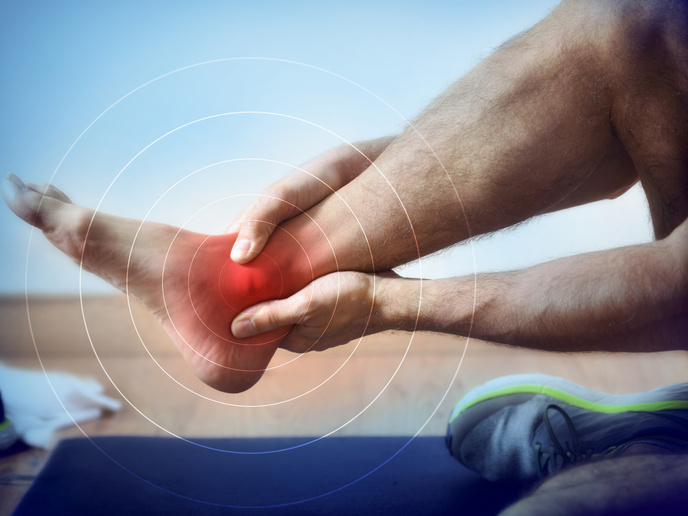Novel ways to repair damaged tendons
Tendinopathies and osteoarthritis (OA) are extremely common, and since such injuries can take a long time to get over, there is a knock-on effect for healthcare systems offering rehabilitation, and a burden for the patient. Current treatment revolves around conservative therapies such as movement limitation, rest and rehabilitation. Surgical reconstruction can also be used through sutures, autografts, allografts or xenografts. “The current treatments are insufficient as many patients still require long recovery times and often do not recover full functionality, which leads to partial movement impairment. In the case of elite athletes this has a dramatic impact in their performance and employability,” says Lluis Quintana Frigola, coordinator of the TRiAnkle(opens in new window) project, hosted by Viscofan BioEngineering(opens in new window) in Germany. TRiAnkle(opens in new window) set out to develop 3D, bioprinted scaffolds based on collagen and gelatine, containing stem cells and regenerative factors. The regenerative factors are protected with nano capsules to preserve their activity.
Testing gelatine and collagen combined scaffolds
The project’s first task was to develop the materials and regenerative factors. They tested their prototypes in the lab to optimise reparative therapies. The selected prototypes that showed the most promising results in the lab were tested in accordance with ethical requirements in mice and sheep animal models, as sheep have an Achilles tendon comparable to that of humans. The project tested gelatine and collagen combined scaffolds, both with and without regenerative factors, and a version combining the scaffolds with stem cells. They also ran a control with disease and no treatment. Along with the technical work, TRiAnkle has also put significant efforts and attention into understanding the patients behind this problem. “We carried out social research in the form of a literature search and ran patient workshops to better describe the problems that patients face and their needs, as they play a central role in the required therapies.”
Generating novel therapies for tissue regeneration
The results have shown that in the animal models all the selected prototypes tested showed improvement of the lesions in parameters such as vascularisation and collagen density. “This result is excellent as it shows that our approach can contribute to the generation of novel therapies for these medical problems. Even the simpler prototypes using only the collagen and gelatine materials make a significant positive contribution to the tissue regeneration,” explains Quintana. The result is significant as, if a simpler therapy can achieve a similar benefit compared to a complex therapy, it facilitates the clinical transfer of the solution since simpler therapies entail fewer risks and therefore require shorter development times.
A keen desire for new ways to treat OA and tendinopathies
The social research has identified an urgent need for innovative treatments for OA and tendinopathies. “Participants frequently reported limited understanding of their condition at diagnosis, often compounded by negative healthcare experiences, and satisfaction with current treatments was low, revealing a gap in care that focuses primarily on symptom management,” Quintana notes. Perhaps for this reason, participants showed strong support for novel therapies, particularly regenerative medicine. He adds: “This is the result of a truly strong collaboration between participants, the partners and a multidisciplinary team where each of the principal investigators has contributed with complementary expertise to solve all the problems that appeared on the way. Cooperation was the key to success in TRiAnkle.”







